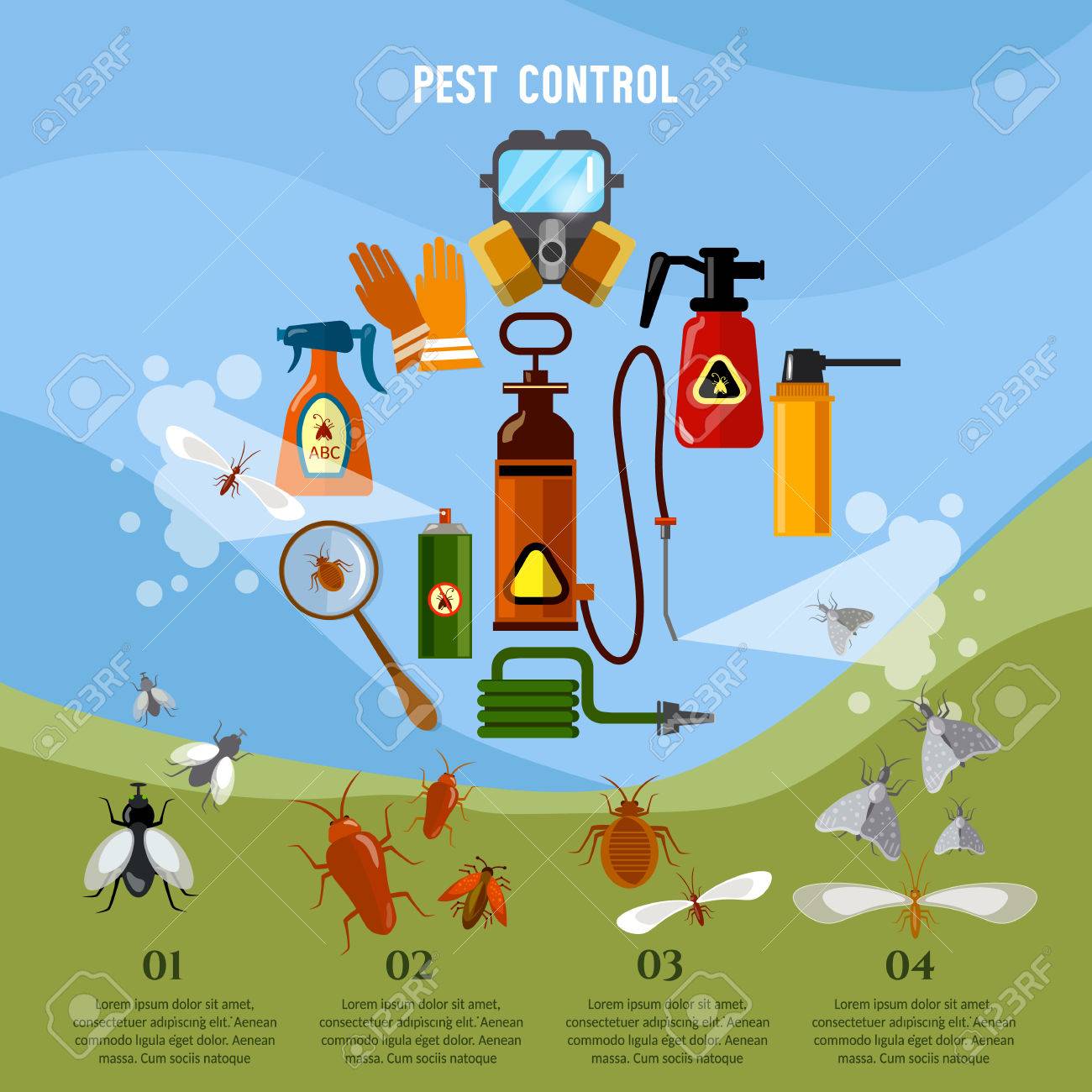Discover The Keys Of Rodent Behavior And Reinvent Your Parasite Control Method! Get Professional Insights Currently And Say Goodbye To Those Pesky Pests Permanently!
Discover The Keys Of Rodent Behavior And Reinvent Your Parasite Control Method! Get Professional Insights Currently And Say Goodbye To Those Pesky Pests Permanently!
Blog Article
Writer-Morgan Albrektsen
Envision having the ability to expect the moves of your opponents in a game of chess, constantly staying one action ahead.
In the world of parasite control, understanding rodent actions resembles having that calculated advantage. By gaining professional understandings into the nesting behaviors, feeding patterns, and interaction and social habits of rats, you can effectively combat these pesky animals.
Yet just how specifically do rats behave, and why is it crucial to know? In this conversation, we will certainly unwind the enigmas of rodent behavior, offering you with valuable expertise that will help you stay ahead in the fight against insects.
Are you all set to reveal the secrets of these shrewd animals?
Nesting Behaviors
To recognize rodent actions and efficiently control insects, it is essential to obtain insight into their nesting practices.
Rodents, such as mice and rats, have an all-natural instinct to locate shelter and produce nests where they really feel secure and secure. These nests serve as their homes, reproducing grounds, and storage space areas for food. Recognizing their nesting routines can help you determine prospective areas of problem and implement targeted control procedures.
Rats generally favor nesting in dark, private spaces, such as attic rooms, basements, crawl spaces, and wall gaps. They use materials like shredded paper, material, insulation, and even chewed-up electrical cords to build their nests.
Feeding Patterns
Rats display distinctive feeding patterns that play a crucial duty in their actions and can notify effective insect control techniques. Comprehending these patterns is essential for applying successful pest control steps.
Rats are opportunistic feeders, suggesting they'll take in whatever food is easily available. https://www.mysanantonio.com/lifestyle/slideshow/Here-are-some-wild-animal-stories-that-happened-214284.php prefer high-calorie foods such as grains, nuts, and seeds. This is why correct storage space of food and waste monitoring are vital in protecting against rodent invasions.
In addition, rats are nocturnal, which indicates they're most energetic throughout the evening when they look for food. By knowing their feeding patterns, you can strategically place catches and baits to optimize their performance.
Maintaining food sources unattainable and keeping a clean setting can help prevent rodents and reduce the threat of infestation.
Communication and Social Actions
Comprehending exactly how rats communicate and interact socially is essential for efficient bug control techniques. https://raccoonremovalcost06284.slypage.com/26262938/the-most-often-come-across-vermin-and-the-capability-of-professional-parasite-control-solutions-to-eliminate-them , like mice and rats, have complicated interaction systems that they make use of to share information to each other and coordinate their activities. Right here are three key aspects of rodent communication and social habits:
1. Articulations: Rodents produce a large range of vocal audios, consisting of squeaks, chirps, and chattering, to interact with each other. These articulations can communicate various messages, such as risk warnings or mating phone calls.
2. Scent marking: Rodents use scent glands to leave chemical signals on things and in their atmosphere. These scent marks serve as territorial boundaries and interact details about reproductive standing, dominance, and social association.
3. Social hierarchy: Rodents have an ordered social structure, with dominant individuals having access to sources and liked nesting websites. Comprehending this power structure is important for targeting insect control efforts and determining crucial people for elimination.
Final thought
So, there you have it - a quick look into the interesting world of rodent behavior. By comprehending their nesting routines, feeding patterns, and interaction, we can better deal with the problem of insect control.
Did you recognize that a female mouse can produce approximately 10 trashes per year, with each litter containing around 5-6 dogs? This amazing statistic highlights the significance of timely and effective insect management to stop rodent populations from spiraling unmanageable.
